Carrot Plant
Carrots are biennials, 12-24 inches tall, and frost-tolerant. They prefer loose, well-drained soil in full sun. Keep the soil moist. Carrots are edible, and their leaves have medicinal uses.
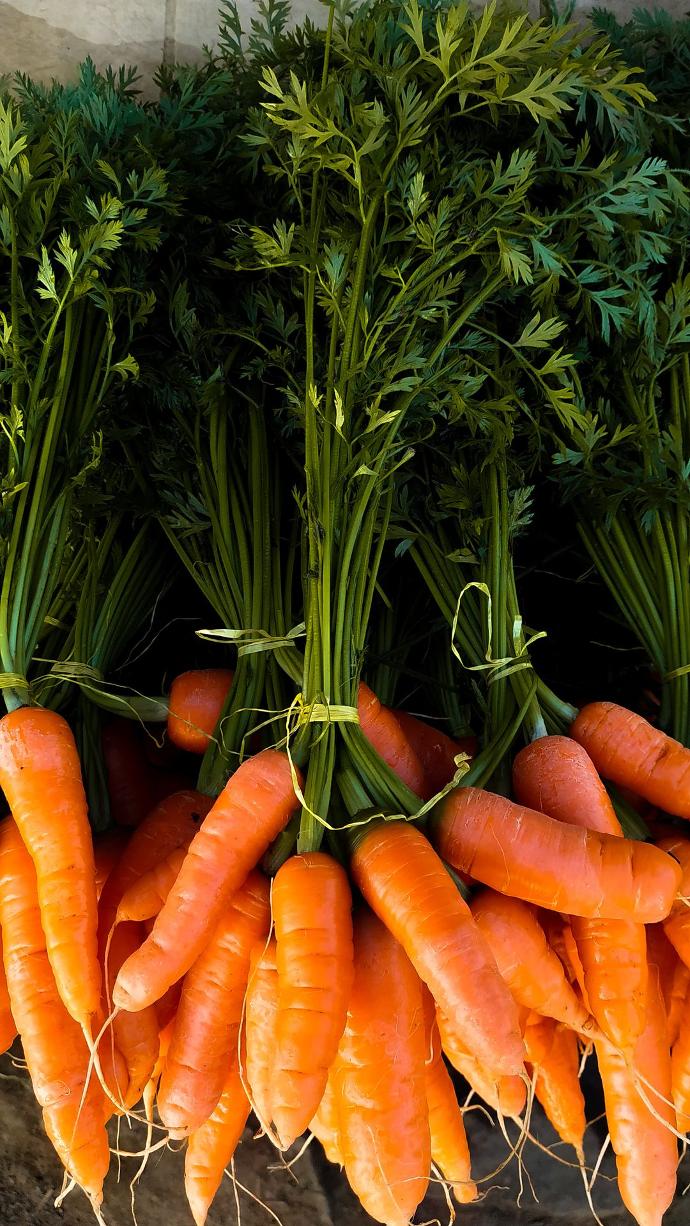
Habit
Biennial
Height
20-40 cm
Growth
Slow
Soil
Well-drained, sandy loam
Shade
Full Sun
Moisture
Moist
Edible
Yes
Medicinal
No
Origin
Iran, Afghanistan
Climatic Condition
Temperate
Temperature (°)
15 to 25°C
Humidity (%)
50-70%
Potting media
Organic compost, mulch
Fertilizers
NPK 5:10:10, rich in phosphorus
Watering
Regular, deep watering
Plant Weight
100-300 grams per root
Flowering Time
70-90 days after planting
Soil Ph level
6.0 - 7.5
Water Ph level
6.0 - 7.5
Soil EC
1-2 dS/m
Yield Per Plant
1-3 kg per plant
NPK ratio
10:10:10
life Span
Biennial
Health Benefits
High in vitamin A, good for eyesight, immune support
Suggested Grow Media or Potting Mix ?
40% compost, 30% sand, 30% peat moss
Suggested Fertigation/Fertilizers
Fertilize every 4 weeks with a balanced, water-soluble fertilizer.
Common Diseases and Remedies
Cercospora leaf spot , Bacterial Blight
Elongated lesions along the edge of the leaf segments, Lesions on foliage begins as small yellow spots
Remove and rouging of infected
HEALTH BENEFITS
· Rich in beta-carotene, essential for good vision.
· High in fiber, aiding digestion and gut health.
· Supports heart health by reducing cholesterol levels.
· Contains antioxidants, helping fight free radicals and reduce aging effects.
What Is An Carrot Tree?
Carrots, Daucus carota, are an edible biennial plant of the Umbelliferae family that is cultivated for its edible roots. Above ground, carrots form a rosette of 8 to 12 leaves, and below ground they form a fleshy, conical taproot. This plant produces small (2 mm) flowers in white, red, and purple. The roots grow up to 5-50 cm (2.0-20 inches) long and reach a diameter of 5 cm (2.0 inches). The leaves of this plant can reach a height of 150 cm (59.1 inches) when in bloom. The carrot plant is an annual or biennial plant and is also known as wild carrot. The origin of this plant is thought to be Europe or the western Mediterranean.
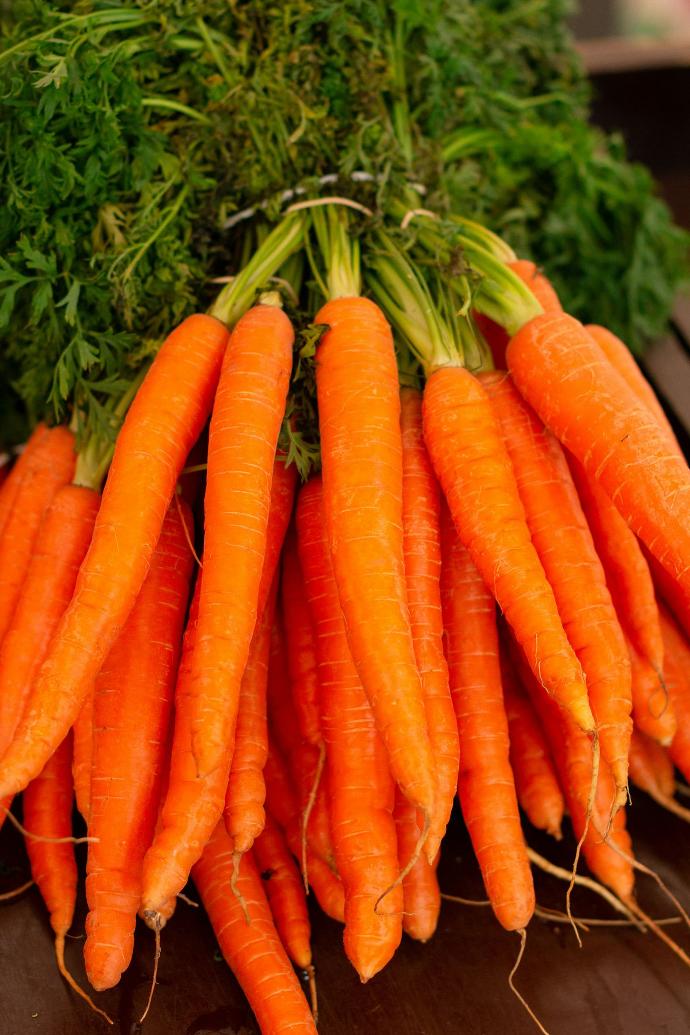
What Are The Different Types Of Carrot Plants?
1. Emperor Carrot
Emperor Carrot: A long, slender carrot often found in supermarkets. It has a tapered shape and is characterized by its strong sweetness.
2. Nantes Ginseng
Nantes Ginseng is shorter and wider than Emperor Ginseng and is cylindrical. It is often preferred for its delicate texture and sweet taste.
3. Danvers carrot
I Danvers carrots are medium-sized, broad-shouldered and conical with a tapered tip. It is known for its long shelf life and is often used for processing.
4. Chantenay carrot
Chantenay carrots are shorter and thicker than other varieties, with a broader, blunter shape. It has a sweet taste and is often used in juices and cooking.
5. Purple carrots
Purple carrots are bright purple on the outside and inside. It contains antioxidants called anthocyanins, which give it its characteristic color and potential health
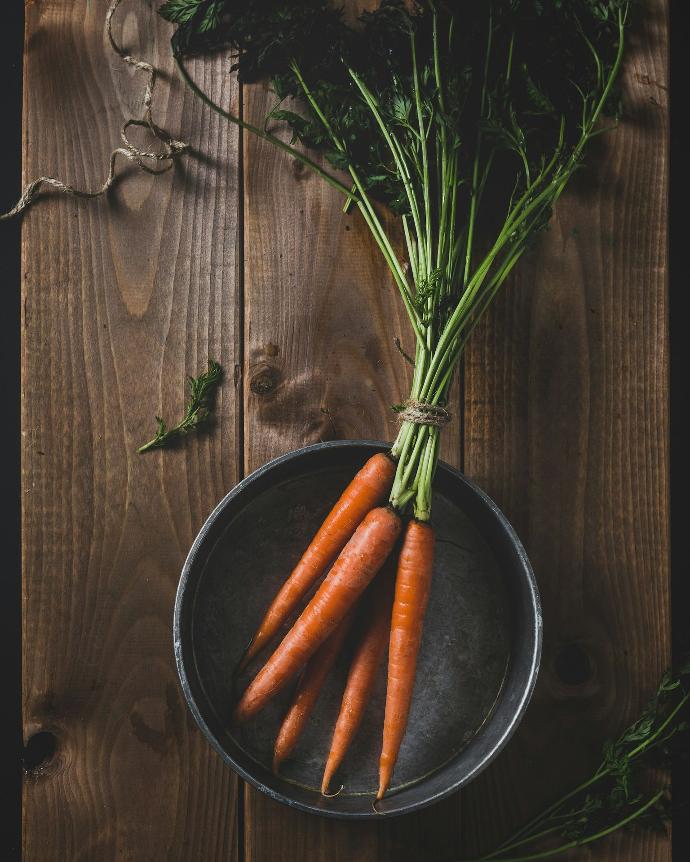
How to care for Carrot Plants ?
1. Location
When growing carrot plants, choose a location in your garden that receives full sun or partial shade. Carrots need loose soil to develop properly, so make sure the soil is well-drained and free of stones and debris. Also, consider your region's climate, as carrots prefer cool temperatures for germination and growth.
2. Sunlight
Carrot plants grow in full sun to partial shade. Ensure at least 6 hours of direct sunlight per day to ensure optimal growth and root development. If you don't have a lot of sunlight in your garden, choose a spot that gets as much sunlight as possible, or consider using reflective material to give your carrot plants as much light as possible.
3. Soil
Loose, well-drained soil is essential for carrot plants. Carrots prefer sandy loamy or loamy soils with a pH of 6.0 to 7.0. Avoid heavy clay soils as this can lead to root deformation and stunted growth. Prepare the soil by removing stones, debris, and clumps, and add organic matter such as compost or well-rotted manure to improve soil structure and fertility. Loosen the soil to a depth of at least 30 cm so that the carrots can grow straight and grow properly.
4. Hydration
Adequate hydration is very important for carrot plants. Keep the soil moist but not waterlogged. Carrots have shallow roots, so frequent, light watering is preferable to deep, frequent watering. Make sure the soil is kept evenly moist throughout the growing season, especially during hot or dry periods. Putting mulch around your plants will help conserve soil moisture and reduce watering frequency. Avoid overhead watering and water directly into the soil at the base of the plant to prevent leaf diseases.
5. Nutrients
Incorporate compost or well-rotted manure into the soil to provide organic matter and essential nutrients before planting. Additionally, you can also apply a balanced fertilizer with a high phosphorus content to promote root development. Placing mulch around carrots helps conserve soil moisture, regulate temperature, and suppress the growth of weeds, which are common pests that damage carrots. Monitor your plants regularly for signs of pest infestation, including: B. Leaves are yellowing, growth is stunted, or roots are damaged. Carrots can be susceptible to diseases such as root rot, powdery mildew, and leaf blight. Maintain good garden hygiene by removing plant debris, providing proper air circulation, and avoiding overhead watering to reduce the risk of fungal diseases.
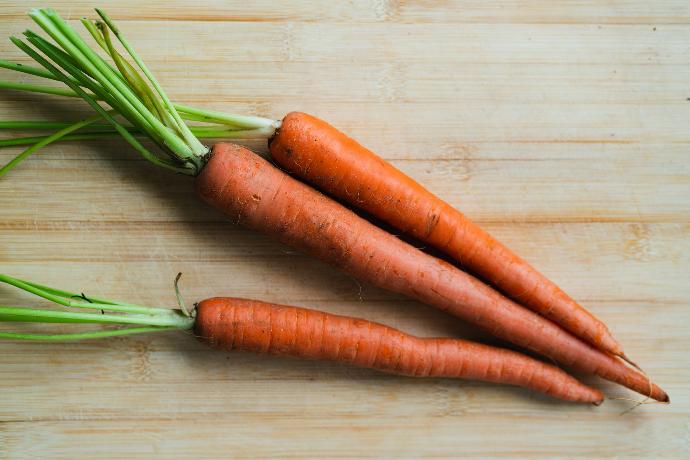
What are the Benefits of Carrot Plants ?
1. Nutritional Value
Carrots are rich in vitamins, minerals, and antioxidants such as beta-carotene, which is essential for eye health and immune function.
2. Versatility
Carrots can be eaten raw, cooked, juiced, or preserved, making them a versatile addition to any meal
3. Gardening Experience
Growing carrots provides an opportunity to learn about gardening, soil health, and plant care, and is a rewarding experience for beginners and experienced gardeners alike.
4. Save money
Save money: Home-grown carrots can help reduce your food costs, especially if you grow them in large quantities or grow them year-round and they taste good. Environmental benefits: Growing carrots at home reduces dependence on commercially grown crops, which often require transportation and packaging, resulting in a reduced carbon footprint and reduced environmental impact. Masu.
5. Physical Activity
Physical Activity: Gardening activities such as planting, watering, weeding, and harvesting provide opportunities for physical activity and outdoor recreation.
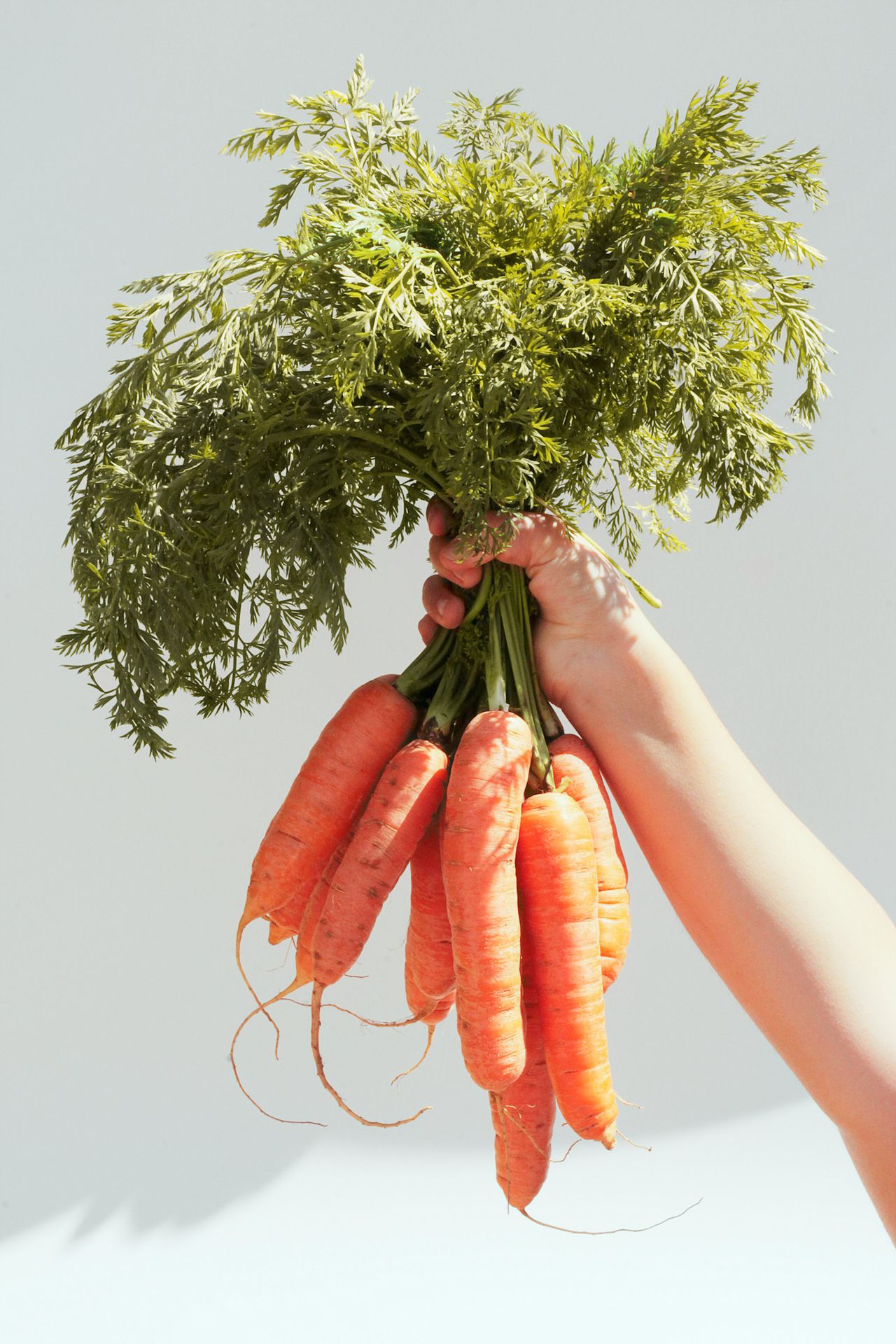
FAQs About Growing Carrrot plants
1.Do carrots have any culinary uses other than being eaten raw or cooked?
Carrots are versatile and can be used in a variety of culinary applications. They can be juiced, pureed into soups or sauces, roasted, pickled, or used as a natural sweetener in baked goods.
2.Are baby carrots a different variety of carrot?
3.Can I freeze carrots?
Yes, you can freeze carrots. To freeze carrots, blanch them first by briefly boiling them in water, then plunging them into ice water to stop the cooking process. Once blanched, pat them dry and store them in airtight containers or freezer bags in the freezer for up to 12 months.
4.How do I know if carrots have gone bad?
Signs that carrots have gone bad include a soft or mushy texture, mold growth, or a foul smell. Discard any carrots that show these signs, as they may no longer be safe to eat.
5.Are there different colors of carrots?
Yes, carrots come in various colors including orange, purple, yellow, red, and white. Each color variety may have slightly different flavors and nutrient profiles



